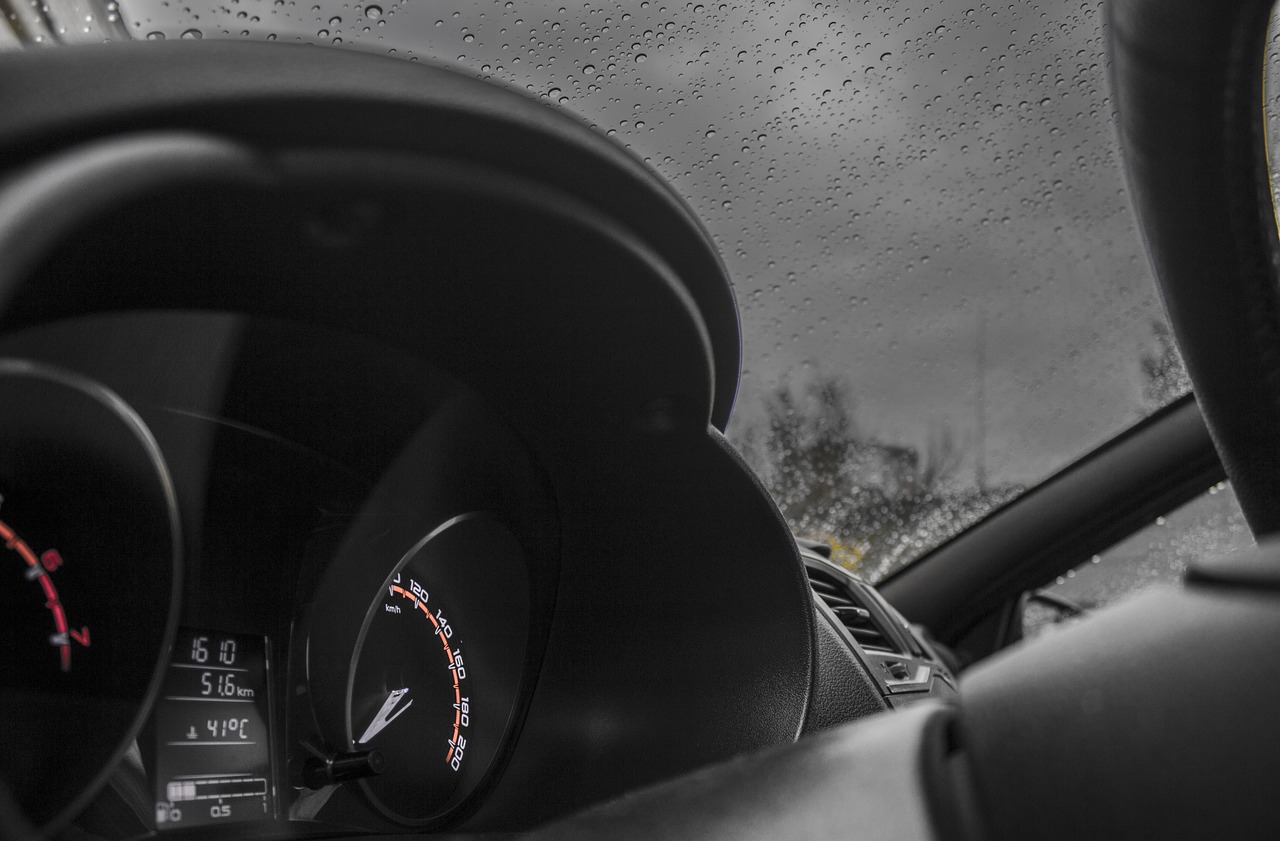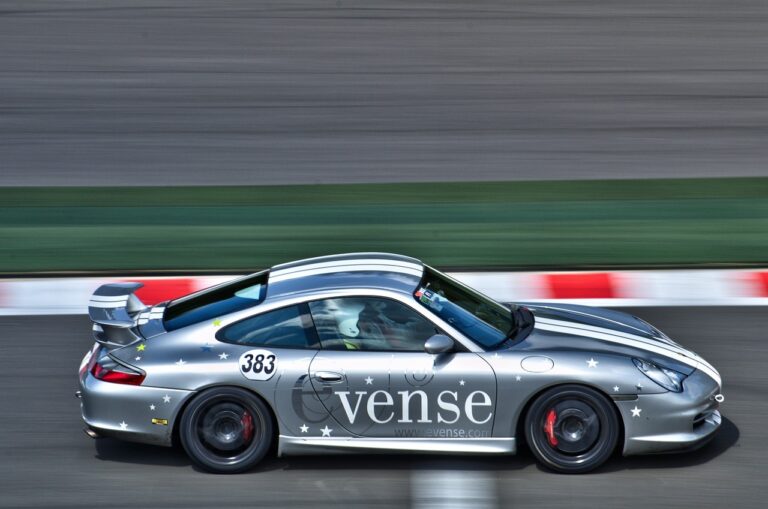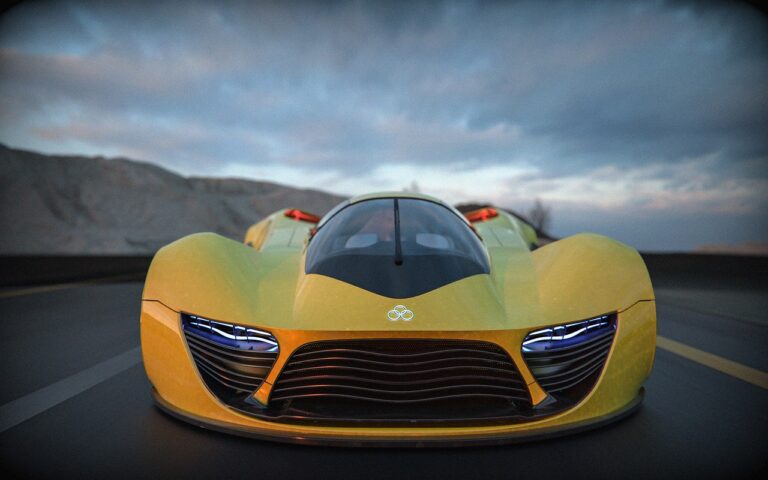Analyzing the Impact of COVID-19 on Car Design Trends
The automotive industry is undergoing significant changes as companies strive to adapt to the evolving landscape of consumer preferences and technological advancements. With the rise of electric vehicles and autonomous driving capabilities, traditional car manufacturers are facing increased competition from new entrants in the market. This shift is forcing companies to reevaluate their strategies and invest heavily in research and development to stay ahead in this rapidly changing environment.
Furthermore, the emphasis on sustainability and environmental consciousness has led to a focus on creating more eco-friendly vehicles with lower emissions. This push towards greener technologies has prompted many automakers to explore alternative fuel sources and improve the overall efficiency of their vehicles. In order to remain competitive and meet the changing demands of consumers, companies in the automotive industry are increasingly making sustainability a key pillar of their business models.
Shift in Consumer Preferences
With the rapid advancement of technology, consumers are increasingly looking for vehicles that offer more than just transportation. Features such as advanced driver assistance systems, connectivity options, and sustainable energy sources are gaining popularity among buyers. Automakers are taking note of these shifting preferences and are incorporating these elements into their vehicle designs to meet the demands of the market.
Moreover, consumers are showing a growing interest in electric and hybrid vehicles as environmental concerns take center stage. The desire for more fuel-efficient and eco-friendly options is prompting automakers to invest more in the development of electric vehicles. As a result, the market for electric vehicles is experiencing significant growth, with more consumers opting for these clean energy alternatives.
How has the shift in consumer preferences impacted the automotive industry?
The shift in consumer preferences has led to a rise in demand for electric vehicles, increased focus on sustainability, and a greater interest in advanced technology features in cars.
What are some examples of changes in consumer preferences in the automotive industry?
Some examples of changes in consumer preferences include a preference for SUVs and crossovers over sedans, a growing interest in autonomous driving features, and a desire for eco-friendly options like hybrid and electric vehicles.
How are automotive companies adapting to the shift in consumer preferences?
Automotive companies are adapting by investing in electric vehicle technology, developing new sustainable manufacturing practices, and incorporating advanced technology features like infotainment systems and connectivity options in their vehicles.
Will the shift in consumer preferences continue to impact the automotive industry in the future?
Yes, the shift in consumer preferences is expected to continue influencing the automotive industry, driving innovation and leading to the development of new and improved vehicles that meet the changing needs and preferences of consumers.





